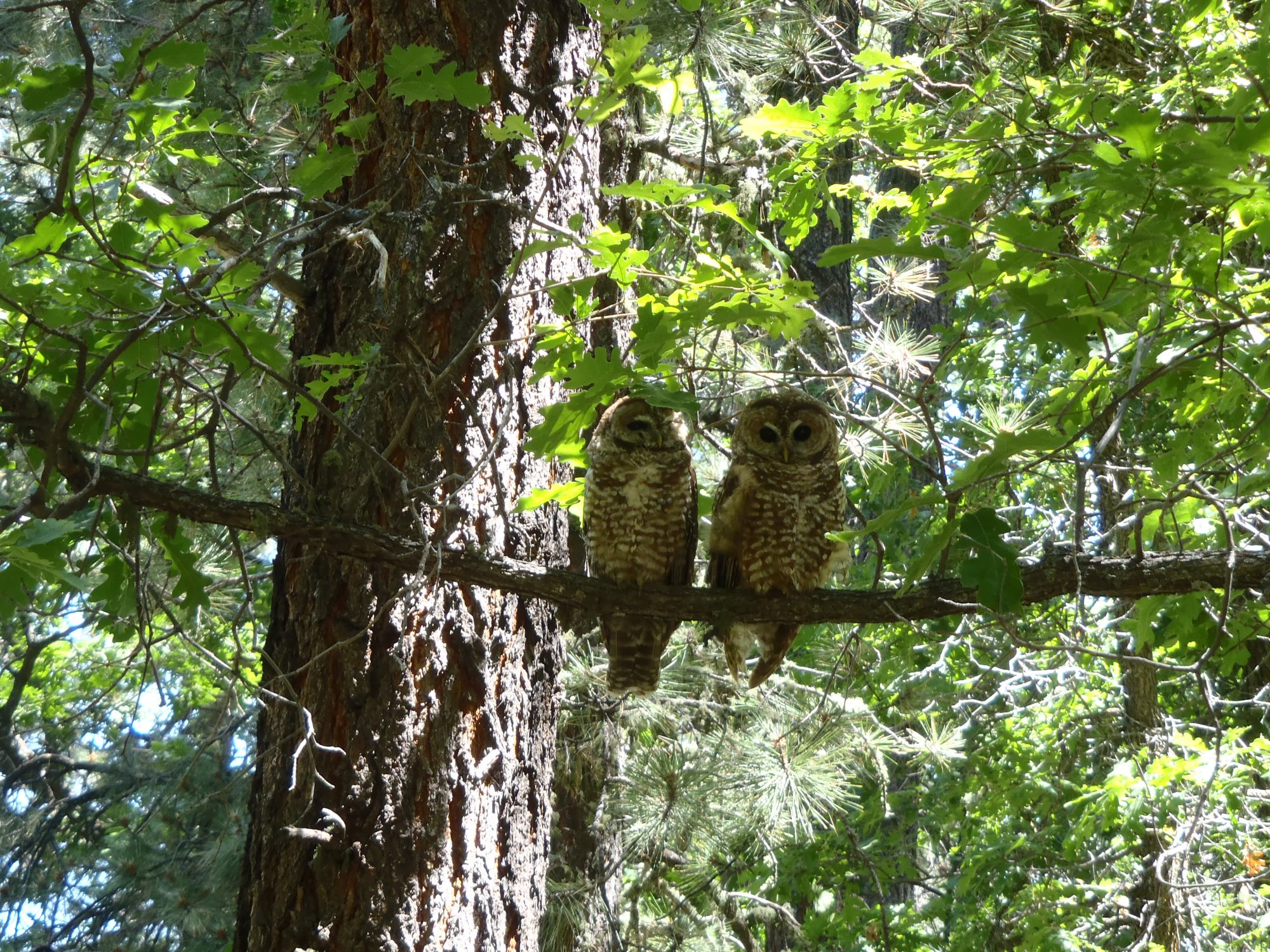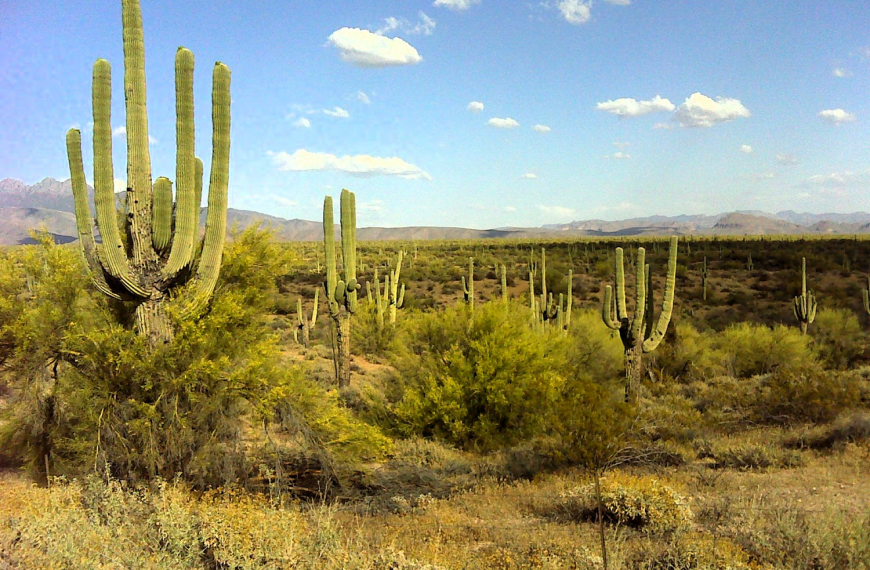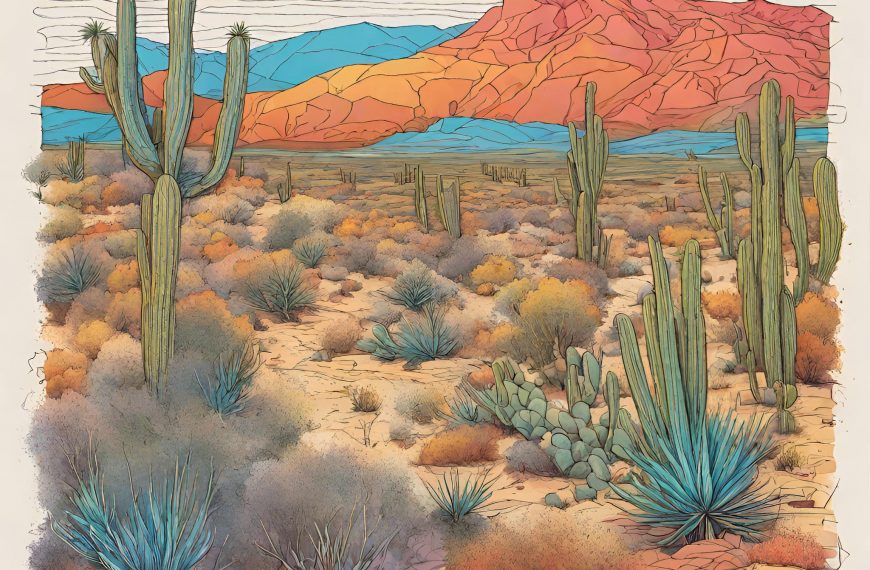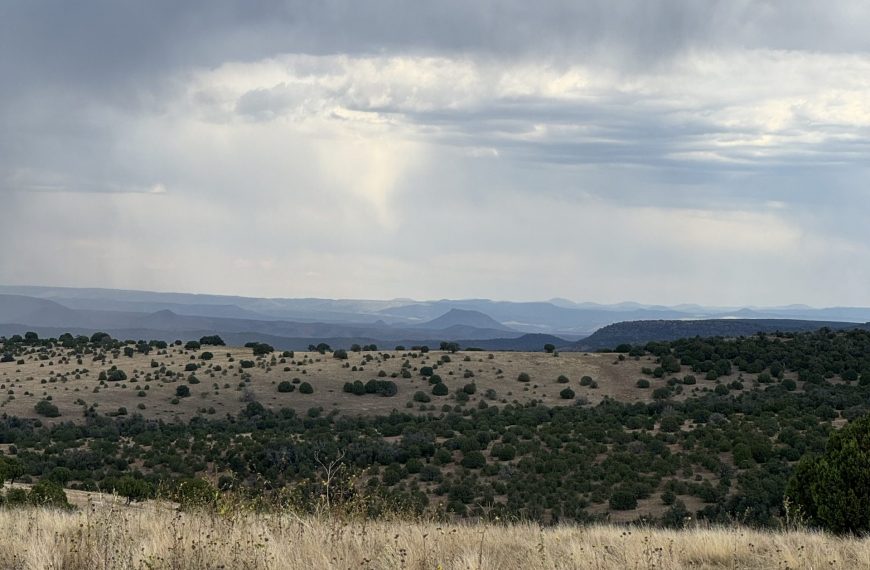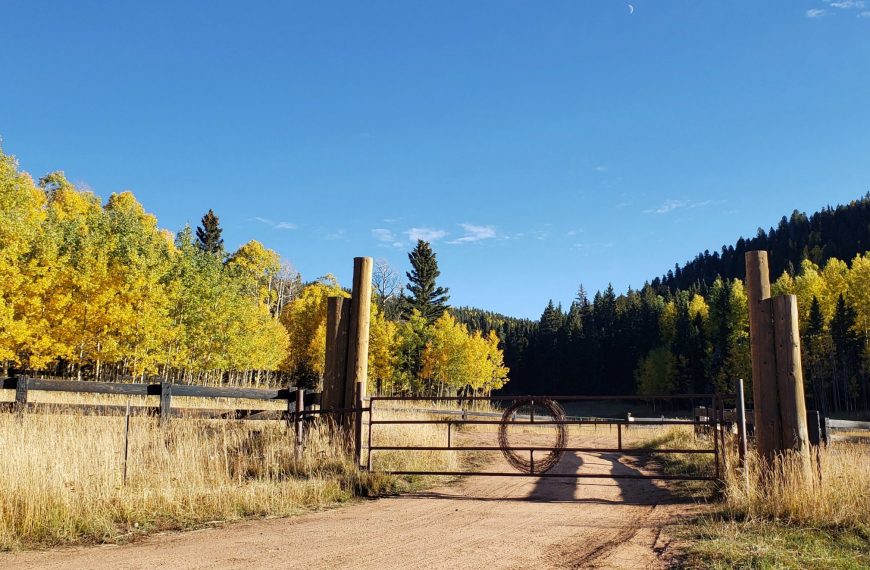Symposium September 25th: “Wildfire and spotted owls: It’s a burning issue”
Study results suggest that wildfires in the western U.S. have increased in size and severity over the past several decades. This increase has raised concern over the effects of fire, particularly high-severity fire, on threatened and endangered species, including the spotted owl (Strix occidentalis). These owls typically nest within late-seral forests that have high-canopy cover, ladder fuels, and are vulnerable to high-severity, stand-replacing fire. Consequently, forest managers have developed and implemented restoration and fuels-reduction prescriptions to reduce fire risk. Controversy has arisen because of uncertainty regarding the tradeoffs between the risk to owls from habitat loss because of forest restoration activities versus the effects of wildfire. Thus, integrating protection of nesting habitat for spotted owls with forest restoration and fuels-reduction activities presents a challenge to managers. Studies are inconsistent on the effects of high-severity wildfire on spotted owls, with some suggesting that high-severity wildfire may be a serious problem for spotted owls and others suggesting that high-severity fire is not an immediate problem and can be beneficial. Confounding the issue is the interaction of effects of fire and those of salvage logging following wildfire. This symposium will provide an opportunity for presentation of current information on salvage logging effects, trends in wildfire extent and severity within the forest types occupied by spotted owls, as well as results of studies on effects of prescribed and wildfire on spotted owls. Gathering this information in one place at one time will advance our understanding on effects of fire on spotted owls and their habitat and hopefully ameliorate this conservation conflict.
Kim Van Hemelryck, Office of Wildland Fire, U.S. Department of the Interior- “Federal wildland fire policy & management”
Damon Lesmeister, Pacific Northwest Research Station, USDA Forest Service- “Interactions between mixed severity wildfire and forest types used by Northern spotted owls”
Camille Stevens-Rumann, Colorado State University- “Mosaic landscapes: “What mixed severity fires, repeated fires and the subsequent landscapes tell us about habitat”
Stephanie Eyes, Humboldt State University and U.S. Geological Service- “The effects of fire severity on California spotted owl (Strix occidentalis occidentalis) habitat use patterns in Yosemite National Park”
Brandon Collins, University of California Berkeley, U.S. Forest Service- “Forest change and comtemporary fire patterns with owl habitat requirements in historically frequent-fire forests”
Organizers: William M. Block, US Forest Service, Rocky Mountain Research Station, Flagstaff, AZ; Joseph L. Ganey, US Forest Service, Rocky Mountain Research Station, Flagstaff, AZ; R. J. Gutiérrez, University of Minnesota, McKinleyville, CA; Shaula Hedwall, US Fish and Wildlife Service, Flagstaff, AZ; Serra Hoagland, US Forest Service, Rocky Mountain Research Station, Pablo, MT
Supported by: US Forest Service, Southwestern Region, Southwest Fire Science Consortium

